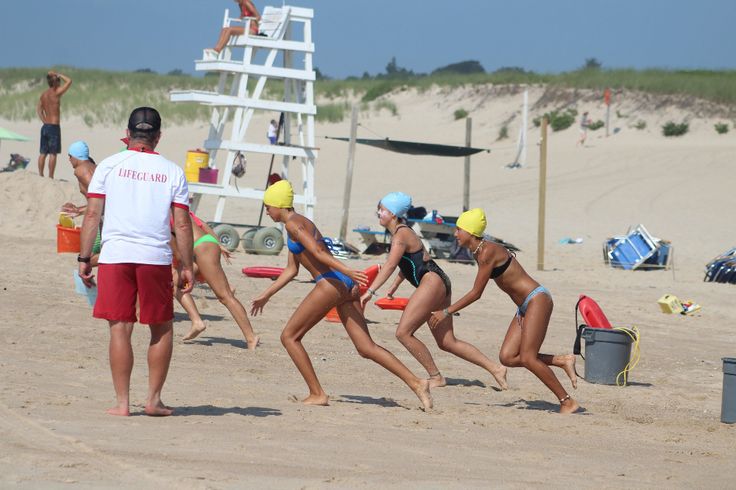When it comes to lifeguarding, there are many misconceptions that can lead to confusion or even dangerous situations life guard. Whether you’re considering becoming a lifeguard, are currently one, or just enjoy swimming, it’s essential to separate fact from fiction. Let’s dive into some common lifeguarding myths and debunk them!

Myth 1: Lifeguards Just Sit and Sunbathe
Fact: Lifeguarding Is a Serious Responsibility
One of the biggest myths is that lifeguards spend their shifts lounging in the sun. In reality, lifeguards are constantly on alert, monitoring swimmers and assessing risks. Their primary responsibility is safety, and they must be ready to respond to emergencies at a moment’s notice. This requires intense focus and vigilance, often in challenging conditions.
Myth 2: Lifeguards Are Just Swimmers
Fact: Lifeguards Undergo Extensive Training
While strong swimming skills are crucial, lifeguarding requires much more than just being a good swimmer. Lifeguards undergo rigorous training that includes CPR, first aid, and emergency response techniques. They learn how to handle various aquatic emergencies, including drowning, spinal injuries, and more. This comprehensive training prepares them to act decisively and effectively in critical situations.
Myth 3: You Only Need to Know How to Swim
Fact: Lifeguards Must Be Well-Rounded
Swimming ability is only one piece of the puzzle. Lifeguards need to understand water safety, recognize potential hazards, and communicate effectively with patrons. They also need to be physically fit, as rescues can be strenuous and require a mix of strength, endurance, and strategy.
Myth 4: Lifeguards Are Only Needed at Pools
Fact: Lifeguards Work in Various Environments
Many people think lifeguards are only necessary at swimming pools, but they also work at beaches, lakes, and water parks. Each environment comes with its own set of challenges and hazards. Lifeguards must be trained to handle different water conditions, weather factors, and emergency scenarios that vary depending on the location.
Myth 5: Lifeguarding Is Just a Summer Job
Fact: Lifeguarding Can Be a Year-Round Career
While many lifeguards do work during the summer months, there are opportunities for year-round employment. Facilities like indoor pools, water parks, and recreation centers often hire lifeguards throughout the year. Additionally, lifeguards can advance their careers by pursuing certifications in specialized areas such as water rescue or instructor training.
Myth 6: Drowning Is Always Loud and Obvious
Fact: Drowning Can Be Silent
A common misconception is that drowning victims thrash around and make a lot of noise. In truth, drowning can be very quiet. Victims may struggle silently, often unable to call for help. Lifeguards are trained to recognize the signs of drowning, which can include a swimmer’s head going under water, inability to keep their head above water, or a person simply floating face down. Awareness of these subtle signs is crucial.
Myth 7: Lifeguards Are Always in Control of the Situation
Fact: Lifeguards Face Unpredictable Challenges
Even the most prepared lifeguards can encounter unexpected challenges. Sudden weather changes, large crowds, or a unique emergency can test even the most seasoned professional. Lifeguards must think quickly and adapt to various scenarios, often with limited time and resources. Their training helps them manage these situations, but unpredictability is always a factor.
Conclusion
Understanding the realities of lifeguarding is essential, whether you’re considering a career in this field or simply want to appreciate the hard work that goes into keeping swimmers safe. By debunking these myths, we can foster a greater respect for lifeguards and the vital role they play in water safety. So the next time you hit the pool or the beach, remember the true dedication and skill behind that lifeguard chair!